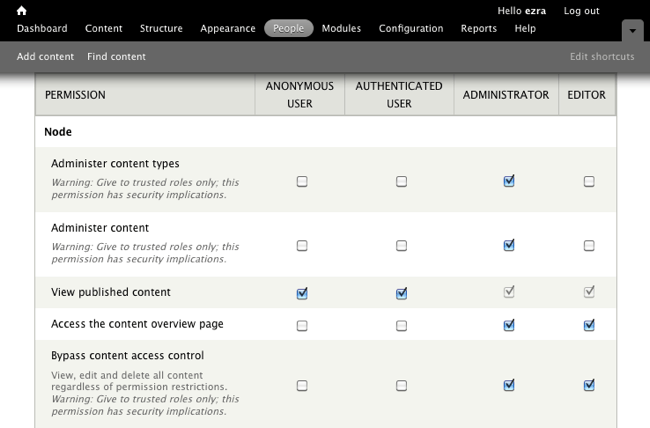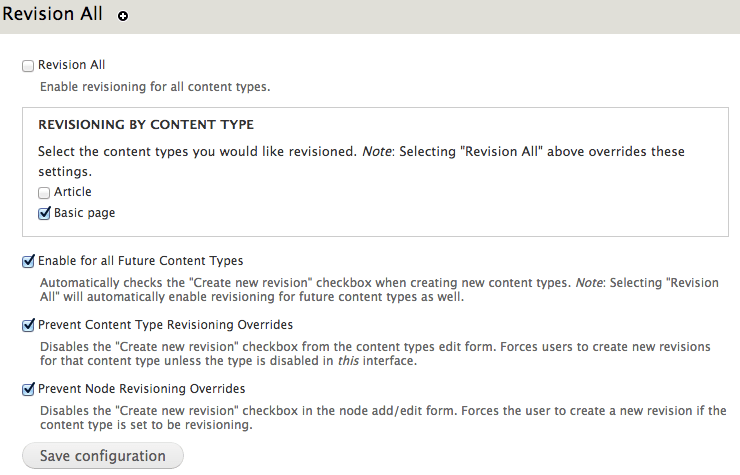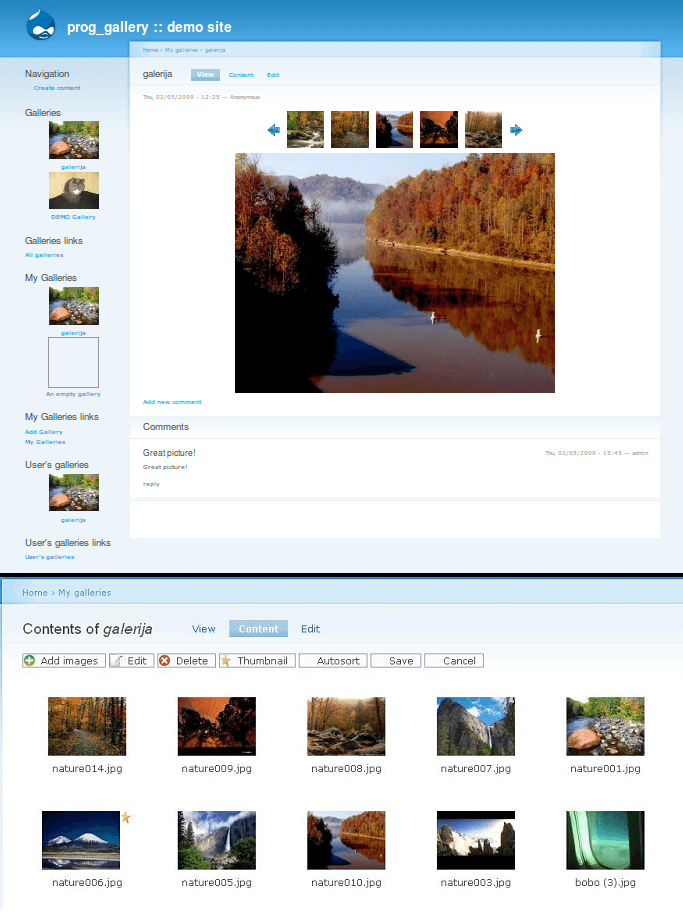Regardless of industry, staff size, and budget, many of today’s organizations have one thing in common: they’re demanding the best content management systems (CMS) to build their websites on. With requirement lists that can range from 10 to 100 features, an already short list of “best CMS options” shrinks even further once “user-friendly”, “rapidly-deployable”, and “cost-effective” are added to the list.
There is one CMS, though, that not only meets the core criteria of ease-of-use, reasonable pricing, and flexibility, but a long list of other valuable features, too: Drupal.
With Drupal, both developers and non-developer admins can deploy a long list of robust functionalities right out-of-the-box. This powerful, open source CMS allows for easy content creation and editing, as well as seamless integration with numerous 3rd party platforms (including social media and e-commerce). Drupal is highly scalable, cloud-friendly, and highly intuitive. Did we mention it’s effectively priced, too?
In the final installment of our “Why Drupal?” 3-part series, we’re highlighting a few more features (many which you know you need, and others which you may not have even considered) that make Drupal a clear front-runner in the CMS market.
For a personalized synopsis of how your organization’s site can be built on or migrated to Drupal with amazing results, grab a free ticket to Drupal GovCon 2015 where you can speak with one of our site migration experts for free, or contact us through our website.
_____
User Permissions:
Right out of the box, Drupal gives you the ability to create unlimited roles and then assign one or more roles to the users. Permissions are given to each role, and are very granular: the granularity can even be applied down to the field level with contrib modules. The framework for developing new permissions is robust but very easy to implement.

Content Revisioning:
Another core Drupal feature that can be enabled per content type is content revisioning. Conversely, it can be disabled if the site needs to remain lean. One great feature is the contrib module that supports side-by-side comparisons between revisions.

Multi-Language:
Though multi-language translation is is not a core feature, there is a suite of mature and actively developed contrib modules that include integration with various automated translation services.

WYSIWYG:
While most CMS products have a WYSIWYG editor, Drupal does not have one out-of-the-box. This is intentional, however, because there is a contrib module that allows you to integrate with one or more editors. In fact, there are over 10 to choose from: https://www.drupal.org/node/596966
Galleries/Slideshows:
There are dozens of image gallery and slideshow modules for Drupal. Slides can be a custom content type so that the site is not just limited to images. Fieldable slides (i.e. thumbnail, title, description, etc.) can also be created. Most slideshow modules also include various display functionality, including sleek transition options.

Community:
With over 100,000 members on Drupal.org, Drupal boasts one of the strongest open source communities. As evidenced by the forums, collaboration is heavily emphasized. Members and developers are generally very helpful, and both groups welcome input as well as code contribution.
Example Sites Using Drupal:
https://www.drupal.org/case-studies
Other Resources:
https://www.acquia.com/sites/default/files/collateral/drupal-10-reasons_0.pdf
Want to know other amazing functionalities that Drupal has to offer? Contact us through Mobomo.com to speak with one of our Drupal gurus!

